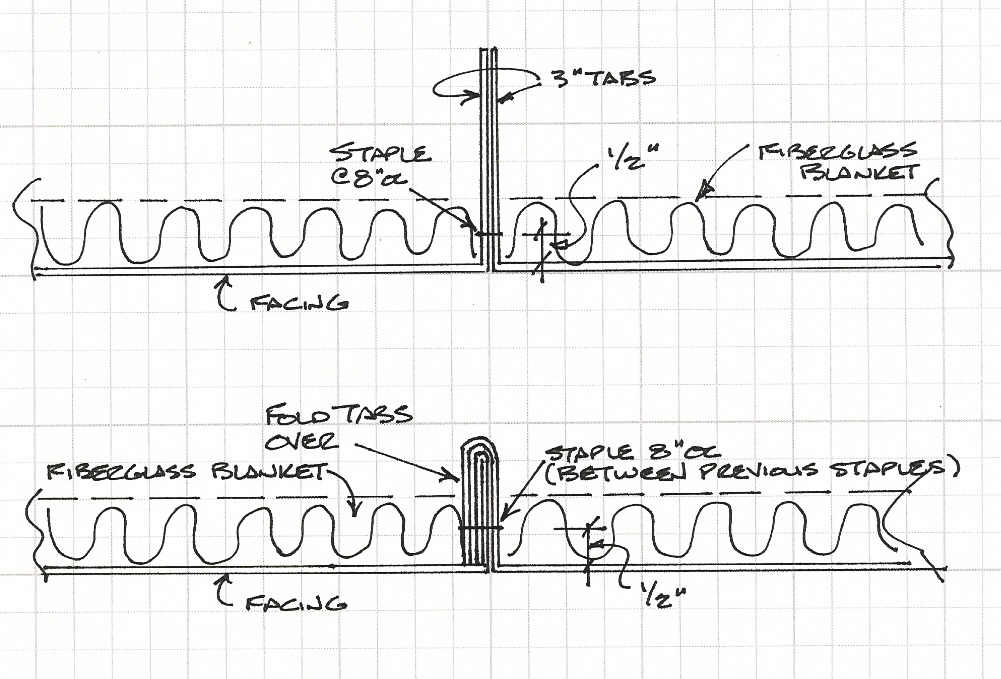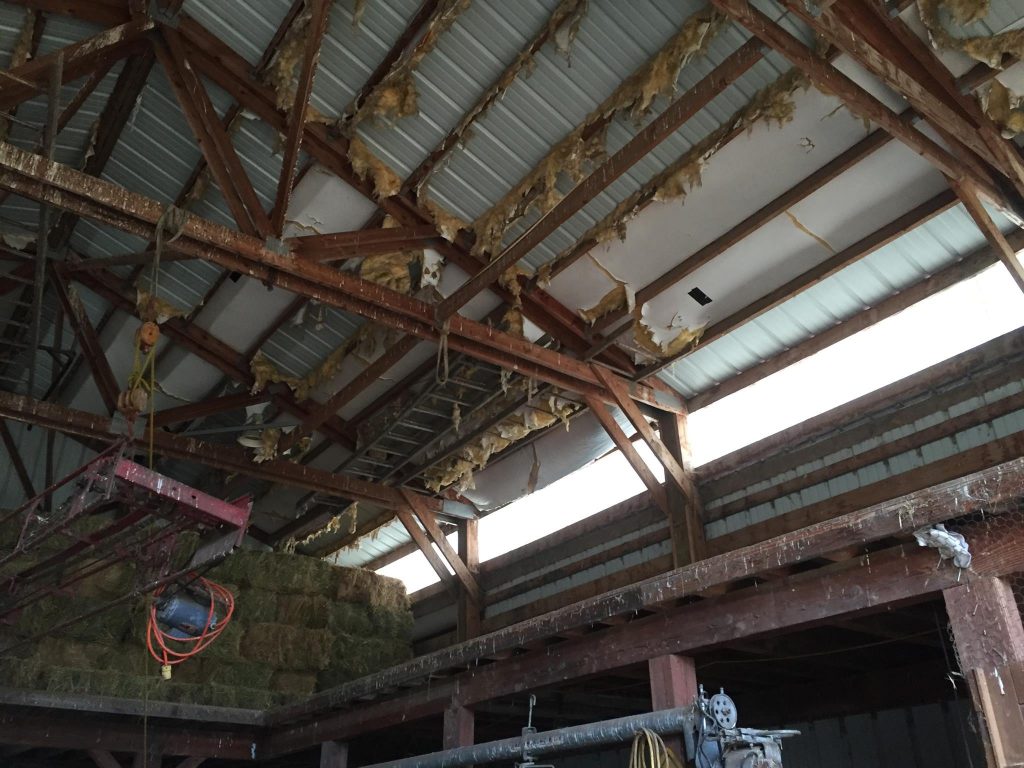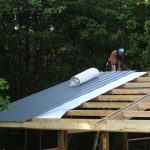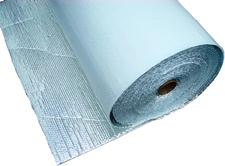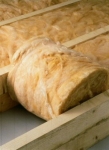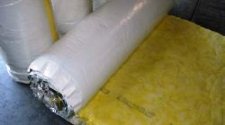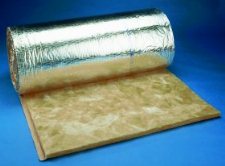Lots of Bad Advice for Retrofitting Roof Insulation
Reader DAVE in GALES CREEK writes:
“I’m desperate, or I wouldn’t be bugging you with this. We have a 38×48 pole barn / shop with concrete pad that was on our property when we bought it. There are 4 sections between trusses, and one of those has been walled off as a work area. I really need to insulate the ceiling / roof of this area. For heating purposes and some extra sound absorption. The roof has 2×6 rafters running parallel to the length of the building – no soffits or vents. The existing insulation is vinyl backed fiberglass between the rafters and metal roofing. It does very well for what it is, no problems. I’ve had so many people tell me EVERYTHING I learn is wrong – it’s cost us dearly over the last few years being paralyzed with fear that we might do it wrong and regret it. How would you do this? Most say to tear out the vinyl back fiberglass, fill the rafter cavities with Rock Wool (or fiberglass), an interior vapor barrier and then cover the ceiling with PVC roofing or tin. Others say to leave the fiberglass vinyl backing in place,( Which I prefer) use Rock Wool, but leave an air gap so there will be air flow into the rest of the shop to avoid condensation on the vinyl backing. Like a mini attic space to avoid creating a double vapor barrier? I would use spray foam, but without getting into it, it’s not an option. I’d have to use foam board, rock wool or FB insulation. Could you please help us? Any advice would be so greatly appreciated. We’re losing our shirts on this project taking so long. Anything would be helpful at this point. I’d be glad to send diagrams and photos if need be? Thank you very much for your time either way.”
Mike the Pole Barn Guru answers:
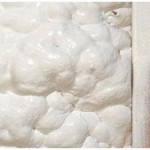 While I am not a fan of vinyl backed fiberglass (aka metal building insulation), provided seams are sealed and facing is not punctured, it does provide a condensation control.
While I am not a fan of vinyl backed fiberglass (aka metal building insulation), provided seams are sealed and facing is not punctured, it does provide a condensation control.
If you were to tear out what you have (would be a painfully tedious project), your only option would be closed cell spray foam directly to roof steel. Why? Because, Building Codes require an inch of clear space between insulation and roof deck from eave-to-ridge. As your building’s roof purlins prevent this from happening, any sort of batt insulation in plane of roof would not be an option.
Provided your trusses are capable of carrying added weight of a ceiling, or you can support a ceiling off of 38 foot walls on each side of this bay, your best option is to blow in insulation directly above said ceiling. First choice would be granulated Rockwool (it is not affected by moisture and does not degrade with time), second would be fiberglass. If using steel panels for a ceiling, do not blow cellulose on top of it, as chemicals in it are likely to react negatively with steel.
Leave attic area above ceiling open to balance of building, so as not to create an unventilated dead air space. Otherwise, you will need to add gable vents (as an air intake) and vent the ridge.

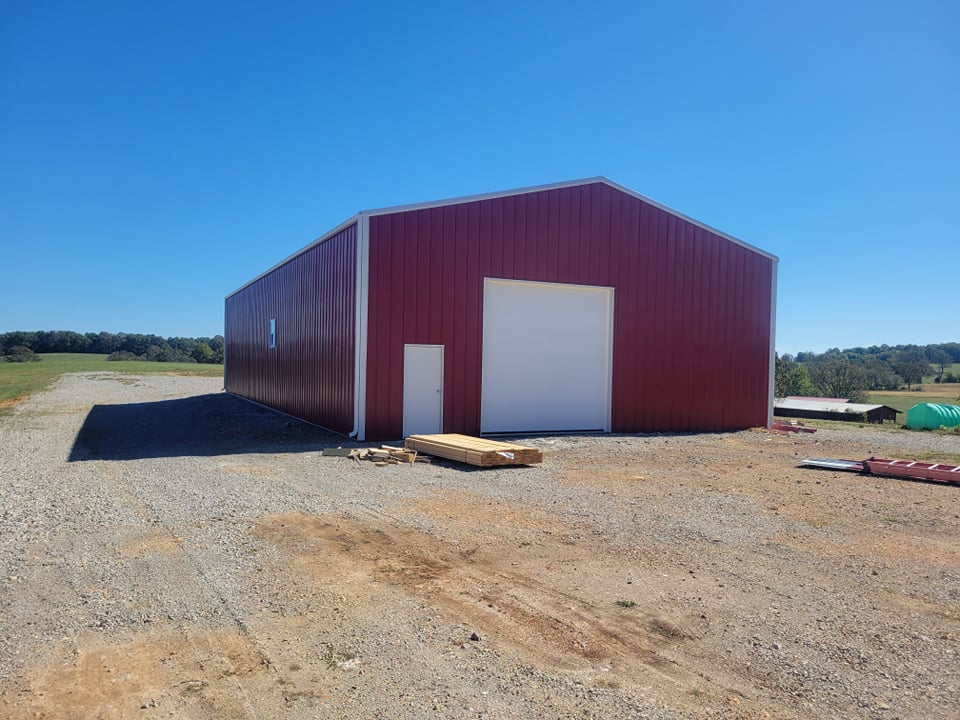
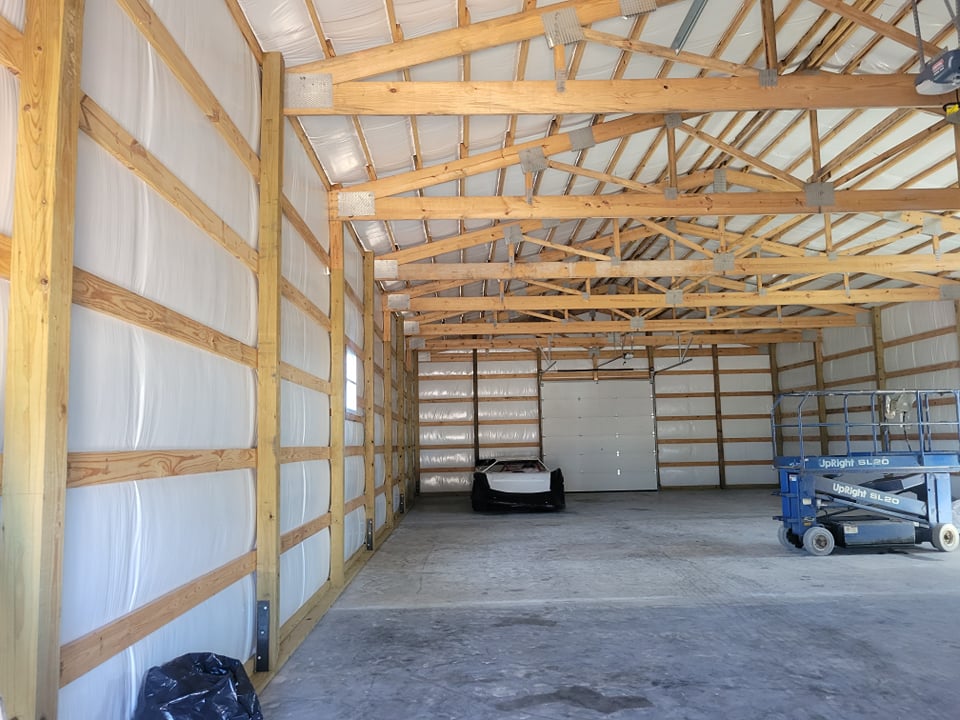
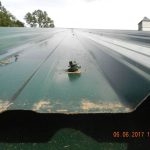 Reader GUY in SHELTON is probably wishing he would have ordered a new Hansen Pole Building right now. He writes:
Reader GUY in SHELTON is probably wishing he would have ordered a new Hansen Pole Building right now. He writes: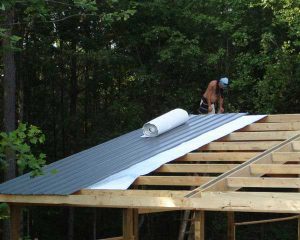 For walls – siding, weather resistant barrier (aka house wrap), unfaced batts, clear poly, interior finish works fine. On your roof, house wrap allows moisture to pass through and be trapped between it and roof steel – possibly causing premature degradation of your roofing. You need a thermal break directly below roof steel. I would recommend an Integral Condensation Control (
For walls – siding, weather resistant barrier (aka house wrap), unfaced batts, clear poly, interior finish works fine. On your roof, house wrap allows moisture to pass through and be trapped between it and roof steel – possibly causing premature degradation of your roofing. You need a thermal break directly below roof steel. I would recommend an Integral Condensation Control (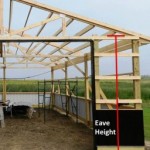 While there does exist an actual ANSI (American National Standards Institute) definition of Eave Height – most builders and vendors are unawares or just plain choose not to use it. Somewhere your agreement should spell out what is proposed or provided so all have a clear understanding. (Please read more here:
While there does exist an actual ANSI (American National Standards Institute) definition of Eave Height – most builders and vendors are unawares or just plain choose not to use it. Somewhere your agreement should spell out what is proposed or provided so all have a clear understanding. (Please read more here:  Entry door width and heights, is door wood, steel, aluminum, vinyl covered, fiberglass? Jambs wood, steel, aluminum, vinyl covered wood? Doors and jambs finish painted or primed only? Crossbucks? Raised Panel? Glass? Wind rated? R value? Keyed lockset, dead bolts?
Entry door width and heights, is door wood, steel, aluminum, vinyl covered, fiberglass? Jambs wood, steel, aluminum, vinyl covered wood? Doors and jambs finish painted or primed only? Crossbucks? Raised Panel? Glass? Wind rated? R value? Keyed lockset, dead bolts? “I am currently re-siding/re-roofing an existing pole building in order to match the exterior of the building I recently purchased from you. This building is roughly 32 x34 and the roof purlins are 2×6 on end roughly every 2 feet. I’m using Fabral’s grand rib 3 29ga for the roof and it will have fully vented soffit overhangs and a vented ridge cap. I am trying to figure out what I’m going to do for at least a vapor barrier under the roof steel, I see you seem to recommend foil faced bubble insulation but that is not very common in my area. I am seeing a lot of people using lamtec wmp-vrr (fiberglass insulation with a poly backing) 3″ thick and I believe they lay these wide rolls on top of the purlins and then place the metal roofing on top of that then screw down the roofing compressing the fiberglass insulation between the metal roofing and the purlins. Have you seen this style of insulating before? Do you think it is an acceptable way of doing it? I see as killing two birds with one stone. I may be insulating this shop in the future so if I do then the roof is already insulated plus I believe it acts as a vapor barrier which is the main reason to do it as I don’t want any condensation dripping down on the inside of the shop. I live in the Seattle area if that helps to know what my climate is like. Thanks in advance for your input.”
“I am currently re-siding/re-roofing an existing pole building in order to match the exterior of the building I recently purchased from you. This building is roughly 32 x34 and the roof purlins are 2×6 on end roughly every 2 feet. I’m using Fabral’s grand rib 3 29ga for the roof and it will have fully vented soffit overhangs and a vented ridge cap. I am trying to figure out what I’m going to do for at least a vapor barrier under the roof steel, I see you seem to recommend foil faced bubble insulation but that is not very common in my area. I am seeing a lot of people using lamtec wmp-vrr (fiberglass insulation with a poly backing) 3″ thick and I believe they lay these wide rolls on top of the purlins and then place the metal roofing on top of that then screw down the roofing compressing the fiberglass insulation between the metal roofing and the purlins. Have you seen this style of insulating before? Do you think it is an acceptable way of doing it? I see as killing two birds with one stone. I may be insulating this shop in the future so if I do then the roof is already insulated plus I believe it acts as a vapor barrier which is the main reason to do it as I don’t want any condensation dripping down on the inside of the shop. I live in the Seattle area if that helps to know what my climate is like. Thanks in advance for your input.” 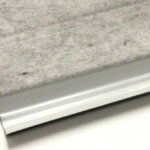 Our recommendation would be to order your roof steel with factory applied I.C.C. (
Our recommendation would be to order your roof steel with factory applied I.C.C. (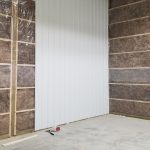 My recommendation would be to place a well-sealed WRB (Weather Resistant Barrier) between all wall framing and siding. Use commercial style bookshelf girts to create an insulation cavity
My recommendation would be to place a well-sealed WRB (Weather Resistant Barrier) between all wall framing and siding. Use commercial style bookshelf girts to create an insulation cavity 